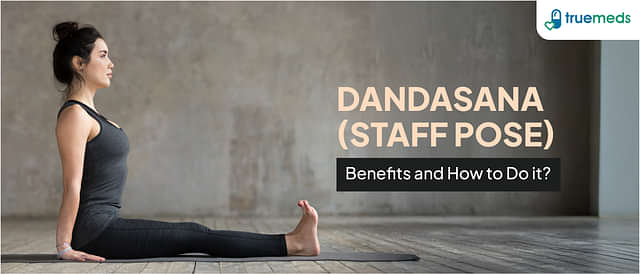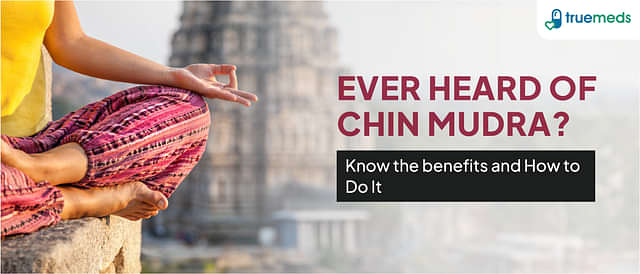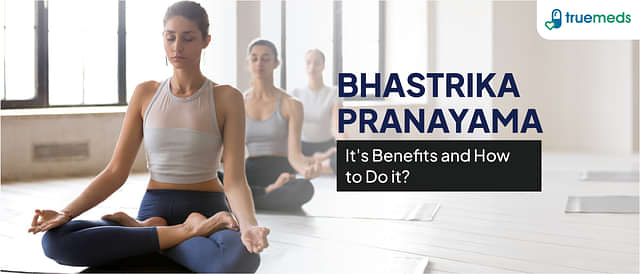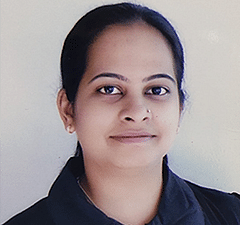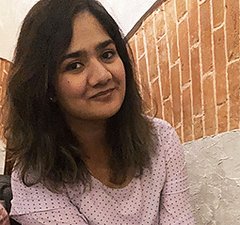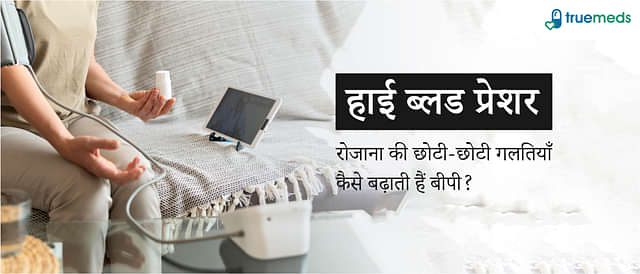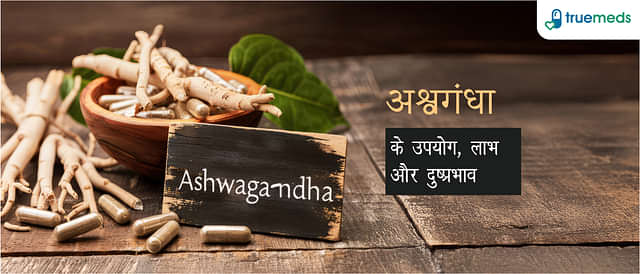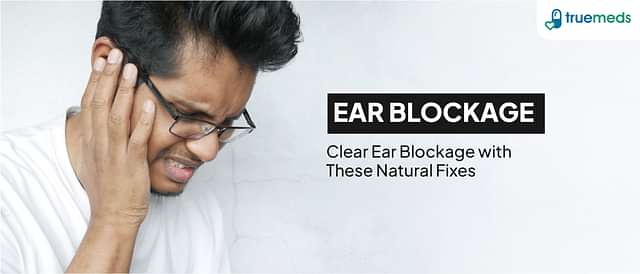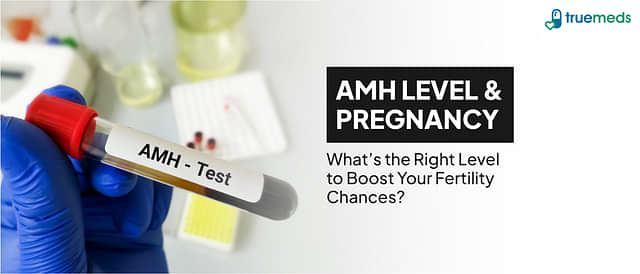Health Benefits of Halasana and How to Do It with Precautions
Last updated on : 01 Dec, 2025
Read time : 7 min
What is Halasana?
Halasana, or Plough Pose, is a beneficial yoga posture that may gently stretch the spine, hips, thighs, shoulders, and chest, potentially contributing to flexibility and circulation. The name “Halasana” comes from the Sanskrit words “hala” (meaning) “plough” and “asana” (meaning) “pose,” reflecting the pose’s resemblance to a traditional plough.
Regular, safe practice of this pose is often associated with improved digestion and may enhance blood flow to the upper back and neck region [1]. Practitioners often report that it helps improve concentration, creativity, and brain function, making it an ideal way to start your day. Halasana combines physical benefits with a mindful focus, offering a comprehensive approach to mental and physical well-being.
Keep reading to learn more about this yoga posture, its potential benefits, steps, and important safety measures.
Halasana Steps: Mastering the Plough Pose
Let’s master the Halasana steps:
- Lie flat on your back on a yoga mat with your arms resting beside your body, palms facing down. Keep your legs straight and together.
- Inhale deeply and use your abdominal muscles to lift your legs off the floor, keeping them straight.
- Raise your legs to a 90-degree angle, perpendicular to the floor. Continue to lift your legs over your head, bringing your toes towards the floor behind your head.
- Support your lower back with your hands, keeping your elbows on the ground and close to each other.
- Gradually lower your legs further over your head until your toes touch the floor. Keep your legs straight and your back perpendicular to the floor. If your toes don’t touch the floor, you can use a folded blanket or yoga block for support.
- Once in position, release your hands from your back and extend your arms on the floor with palms facing down.
- Breathe deeply and hold the pose for 15 seconds to 1 minute or as long as comfortable.
- To come out of the pose, support your back with your hands and slowly roll your spine down to the floor, one vertebra at a time. This must be done slowly to protect the neck.
- Lower your legs back to the 90-degree angle and then gently bring them down to the floor.
- Lie flat on your back and take a few deep breaths, allowing your body to relax.
Tip: Always move slowly and mindfully while entering or exiting the pose, especially around the neck and spine, to prevent injury.
Potential Benefits of Halasana
Halasana may improve the flexibility of the spine, neck, shoulders, legs, and hips. The stretching action on these areas enhances the flexibility of the muscles. The other potential benefits of Halasana include:
1. Supporting Endocrine Health
The compression in the neck region during this pose is sometimes hypothesized to stimulate the thyroid and parathyroid glands, potentially influencing hormone regulation and overall endocrine health [1]. However, further research is needed to substantiate these effects.
2. May Support Abdominal and Digestive Function
As an inversion, Halasana may gently massage and stimulate the digestive organs, which could help relieve gas, bloating, and constipation. The inversion may also support metabolic processes and contribute to improved organ function.
3. Potential for Improved Pelvic Circulation
Increased blood flow to the pelvic region may support reproductive organ function. Anecdotally, some practitioners believe it helps regulate menstrual cycles and may alleviate discomfort associated with hormonal imbalances [1].
4. Enhancing Respiratory Efficiency
The pose may help open up the chest and diaphragm, which can encourage enhanced lung function and respiratory efficiency. When practiced regularly, it may aid in alleviating mild symptoms of conditions like asthma and bronchitis by improving breathing capacity, but should never replace medical treatment [2].
5. Promoting Nervous System Regulation
By relaxing the nervous system and gently compressing the torso and neck, Halasana may help combat insomnia, promoting restful sleep. Its calming effects support better emotional regulation and may offer relief from stress [1].
Essential Safety Tips and Precautions
Halasana is an intermediate to advanced inversion and must be approached with caution to prevent injury, especially to the cervical spine (neck).
General Practice Tips
- Warm-up: Always begin your practice with gentle warm-up poses such as Setu Bandhasana (Bridge Pose) to prepare your body for the deeper stretches of Halasana. This helps prevent injuries and allows for greater flexibility.
- Avoid Overexertion: Listen to your body and avoid pushing yourself too hard. If you feel any pain, especially sharp pain in the neck or back, gently release the pose and rest.
- Use Props: If you’re a beginner or have limited flexibility, place a folded blanket or firm pillow under your shoulders for support. This is crucial to protect your neck and ensure that your weight rests on your shoulders, not your neck.
- Breathing: Maintain smooth and steady breathing throughout the pose to promote relaxation and ease. Avoid holding your breath.
Contraindications
Due to the pressure placed on the neck, abdomen, and eyes, Halasana must be avoided by individuals with the following conditions:
- Spinal/Neck Issues: Severe back problems, herniated discs, or existing neck injuries (cervical spondylitis) [1].
- Pregnancy and Menstruation: Pregnant women should not attempt this pose. Women should also avoid this pose during the heaviest flow days of menstruation.
- High Blood Pressure (Hypertension): The inverted nature of the pose can affect blood pressure and should be avoided or modified under expert guidance.
- Eye Conditions: Conditions like glaucoma or weak blood vessels in the eyes.
- Abdominal/Organ Issues: Enlarged thyroid, spleen, or liver, as a lot of pressure is put on the lower abdomen during this pose.
- Recent Injury or Illness: Individuals recovering from a severe headache, diarrhoea, or any recent surgery.
- Severe Indigestion: Avoid practising this pose immediately after meals or in cases of severe indigestion.
Conclusion
Halasana is a rejuvenating yoga pose that may enhance spinal flexibility, support glandular balance, and contribute to vital organ function. When done with awareness, proper technique, and adherence to safety guidelines, it offers profound benefits for both the mind and body. However, due to the complexity of the posture and the pressure it places on the neck and abdomen, it is strongly recommended that it be practiced with caution—especially by beginners, pregnant women, and individuals with certain health conditions.
Regular practice, when paired with proper warm-up, props, and modifications, can make Halasana a powerful part of your yoga routine. For best results and safety, always consult a certified yoga instructor or healthcare provider before integrating this pose into your practice to ensure it is appropriate for your individual health status.
Frequently Asked Questions (FAQs)
What are the disadvantages of Halasana?
Halasana can strain the neck and spine, potentially causing injury if not performed correctly, especially if the practitioner forces the pose or rests weight on the neck. It is strictly not recommended for individuals with specific medical conditions, such as glaucoma, uncontrolled high blood pressure, active migraines, herniated discs, or unhealed neck and back injuries.
How long should one hold Halasana?
Halasana should be done according to comfort and ability. Beginners may start by holding the pose for 15 to 30 seconds with blankets, blocks, or a wall for support, gradually increasing the duration as their flexibility and strength safely improve, typically up to 1 minute [1].
When should Halasana be avoided?
Halasana should be avoided during pregnancy, heavy menstruation, glaucoma, high blood pressure, active sciatica problems, and slipped disc problems, as well as by those with severe neck or back pain.
References
[1] Lakhani, N. R. A., & Sharma, N. G. (2023). Anatomical exploration of Halasana. Journal of Ayurveda and Integrated Medical Sciences, 8(8), 173–178. https://doi.org/10.21760/jaims.8.8.26
[2] Katru, P., & M Porte, S. (2021). Preventive Effect of Yogasana (Yogic poses), Pranayam (Yogic Breathing Techniques) and Yoga Nidra on High-Risk People for Cancer: A Critical Review. Journal of Clinical Medical Research, 02(02). https://doi.org/10.46889/jcmr.2021.2207
Disclaimer
Our healthcare experts have carefully reviewed and compiled the information presented here to ensure accuracy and trustworthiness. It is important to note that this information serves as a general overview of the topic and is for informational purposes only. It is not intended to diagnose, prevent, or cure any health problem. This page does not establish a doctor-patient relationship, nor does it replace the advice or consultation of a registered medical practitioner. We recommend seeking guidance from your registered medical practitioner for any questions or concerns regarding your medical condition.
Popular Articles
Recommended Articles
Recent Articles
Company
About UsHealth ArticleHealth StoriesHealth LibraryDiseases & Health ConditionsAyurvedaUnderstanding Generic MedicinesAll MedicinesAll BrandsNeed HelpFAQSecuritySubscribe
Registered Office Address
Grievance Officer
Download Truemeds
Contact Us
Our customer representative team is available 7 days a week from 9 am - 9 pm.
v4.10.2
2025 - Truemeds | All rights reserved. Our content is for informational purposes only. See additional information.
Our Payment Partners











